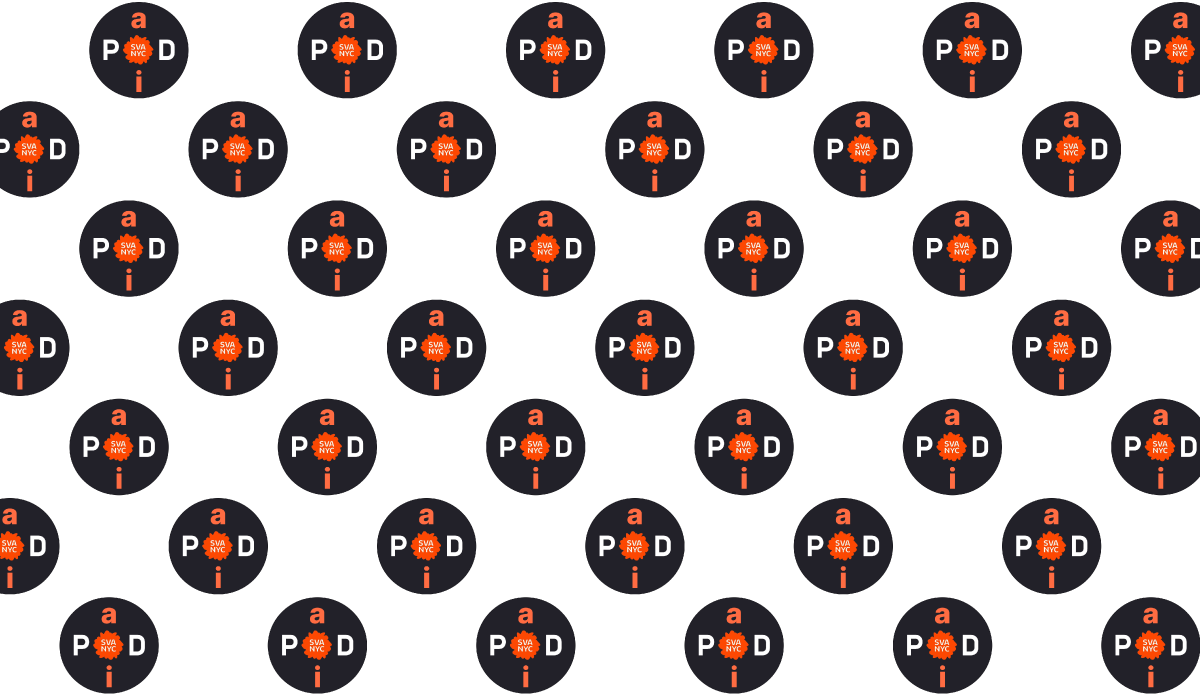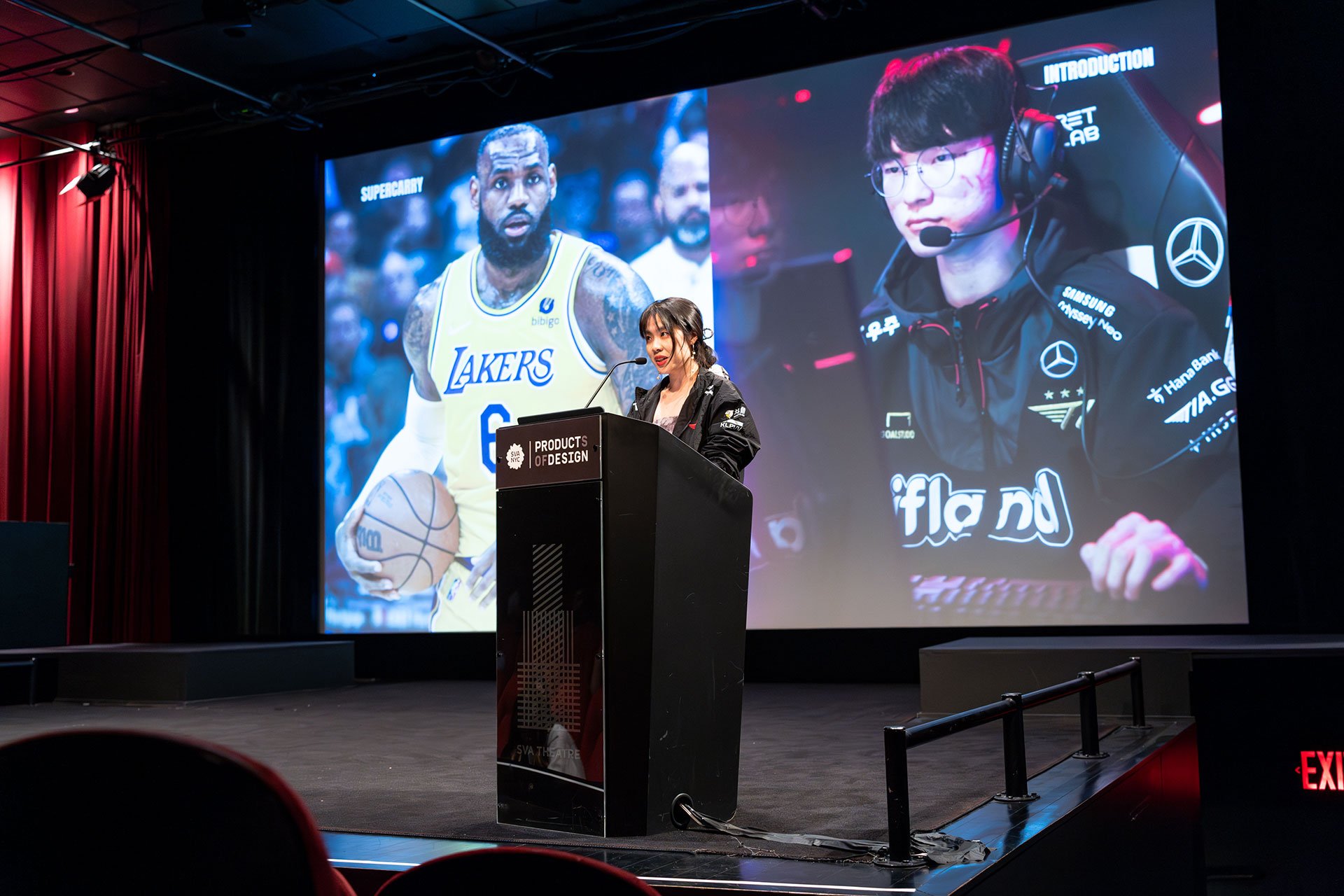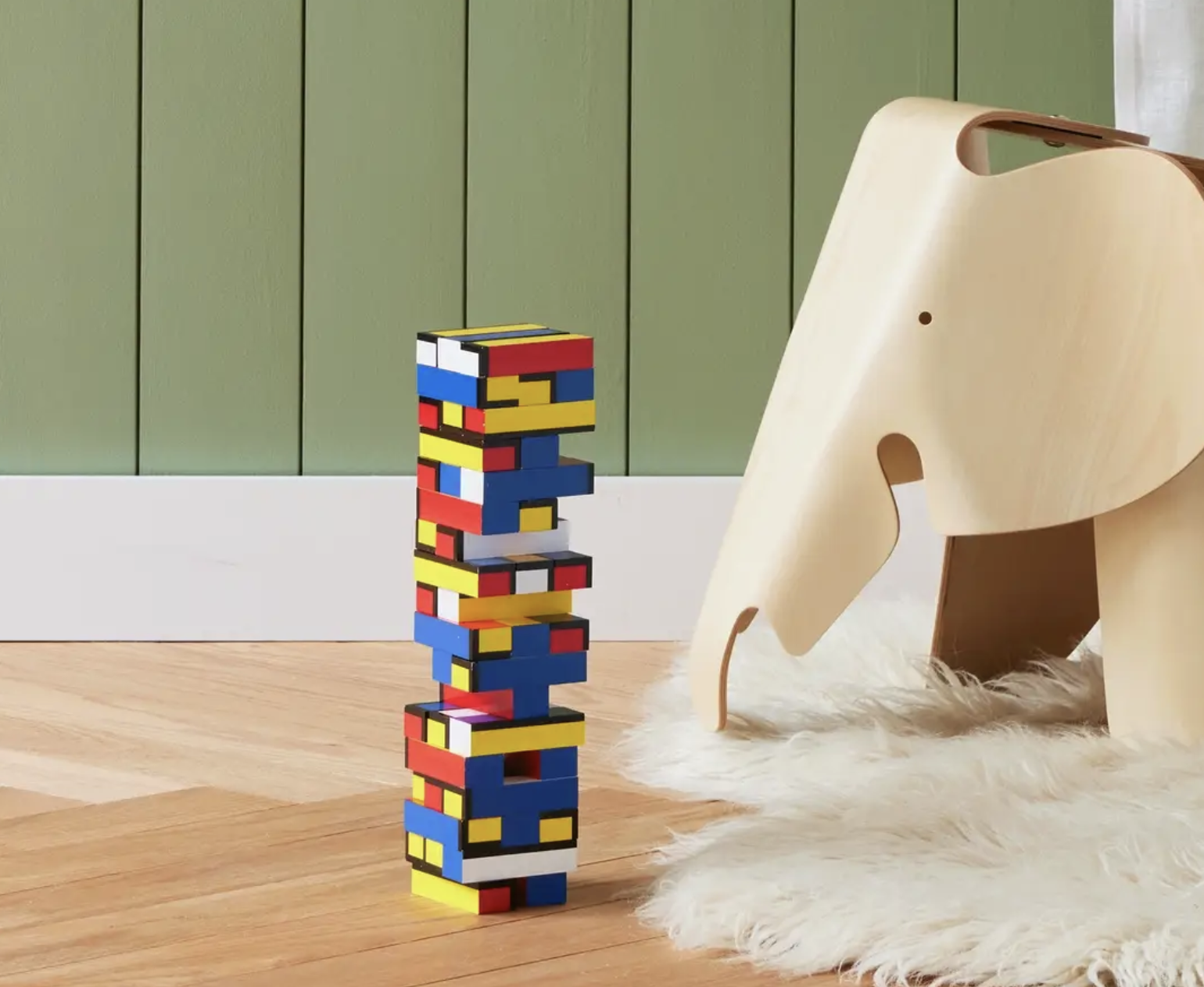Department Blog
Department news, events, and snapshots of student life at SVA in New York City.
Rolling admissions still open!
〰️
Rolling admissions still open! 〰️
Featured Posts
All Blog Posts

THE AHA MOVEMENT: The Creative Process at Work
For Ellen Rose’s thesis, The Aha Movement: The Creative Process at Work, Ellen delved into an exploration of how design might be used to foster a team’s collective creative practice. She saw an opportunity to design products and services that cultivate creativity in the workplace based on the fundaments of trust, resilience and the chance for coincidence.
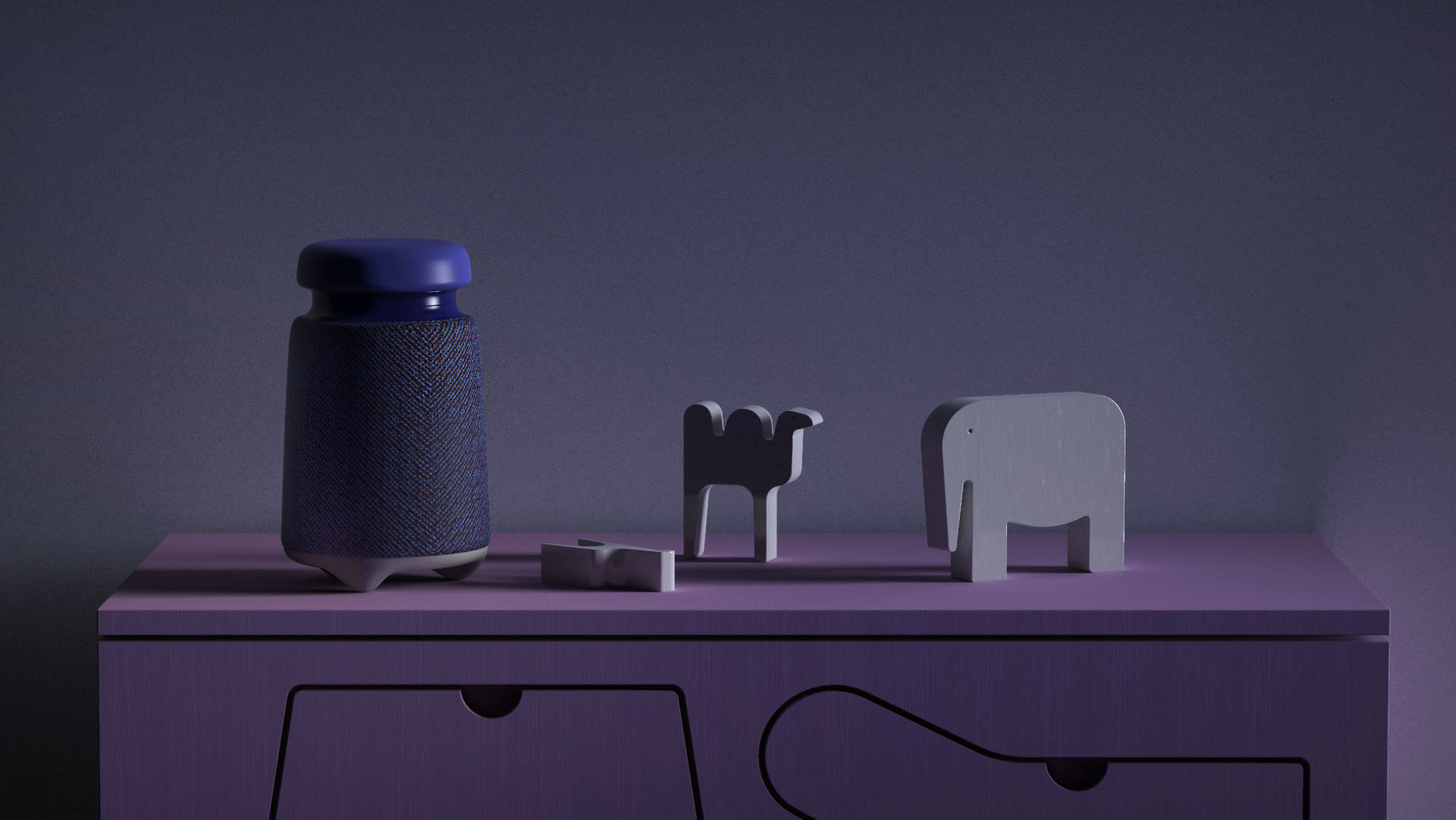
CLOSER KIN: Building Stronger Family Environments By Design
In his thesis, Closer Kin: Building Stronger Family Environments by Design, Kevin Cook explores how children’s outcomes could be improved by strengthening family relationships. Kevin argues that for children facing adversity, products promoting positive socio-emotional validation in the home could make children more resilient, allow space for healthier development, and ultimately reduce future inequalities.
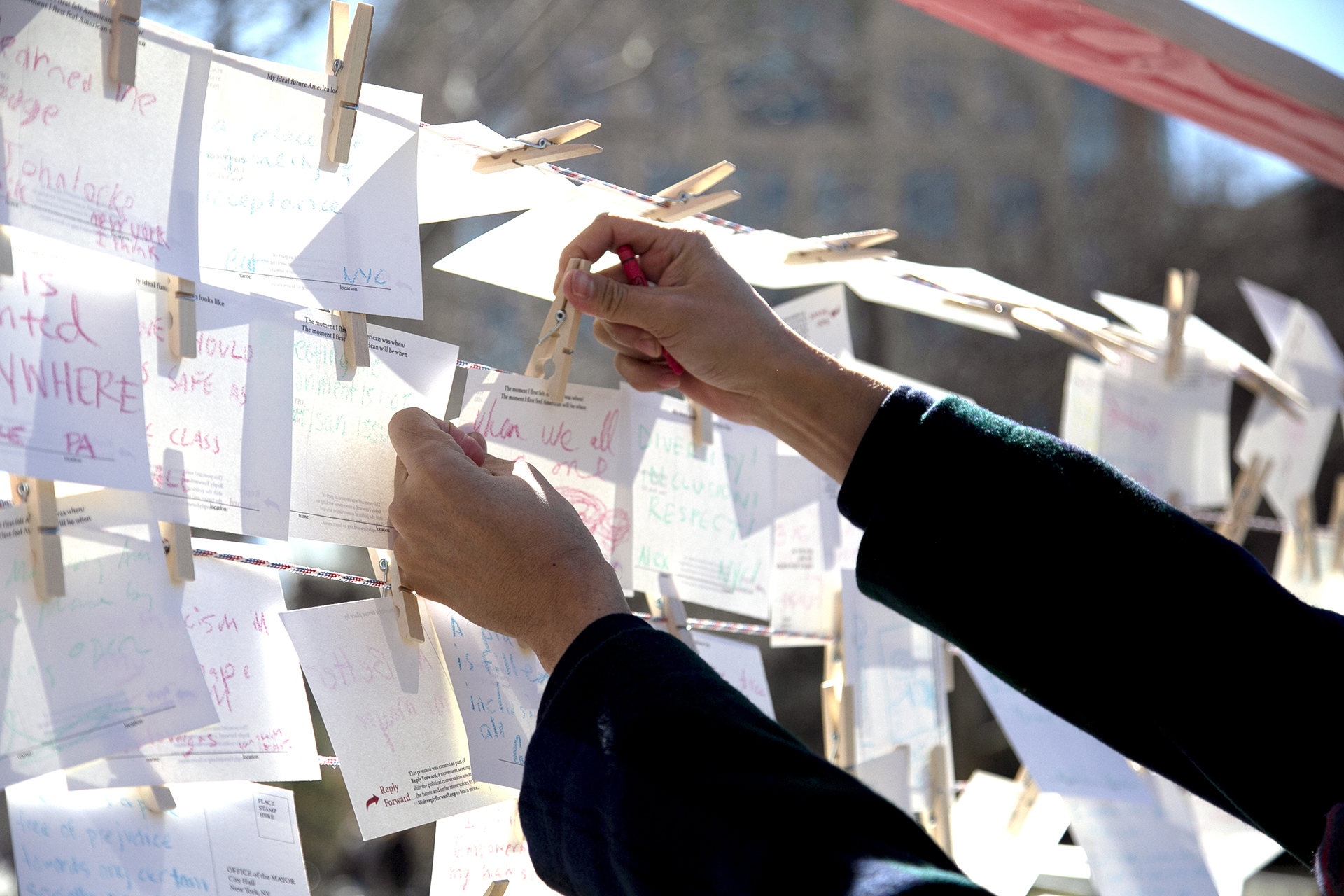
TEAMBUILDING AMERICA: A Declaration of Interdependence
For Hannah Rudin’s thesis, Teambuilding America: A Declaration of Interdependence, she set out to tackle the issue of political polarization in America. Using the strategies of contact, action, and future-building, Hannah designs interventions meant to bridge political divides and address polarization within society at large, as well as within the workplace and between family members.
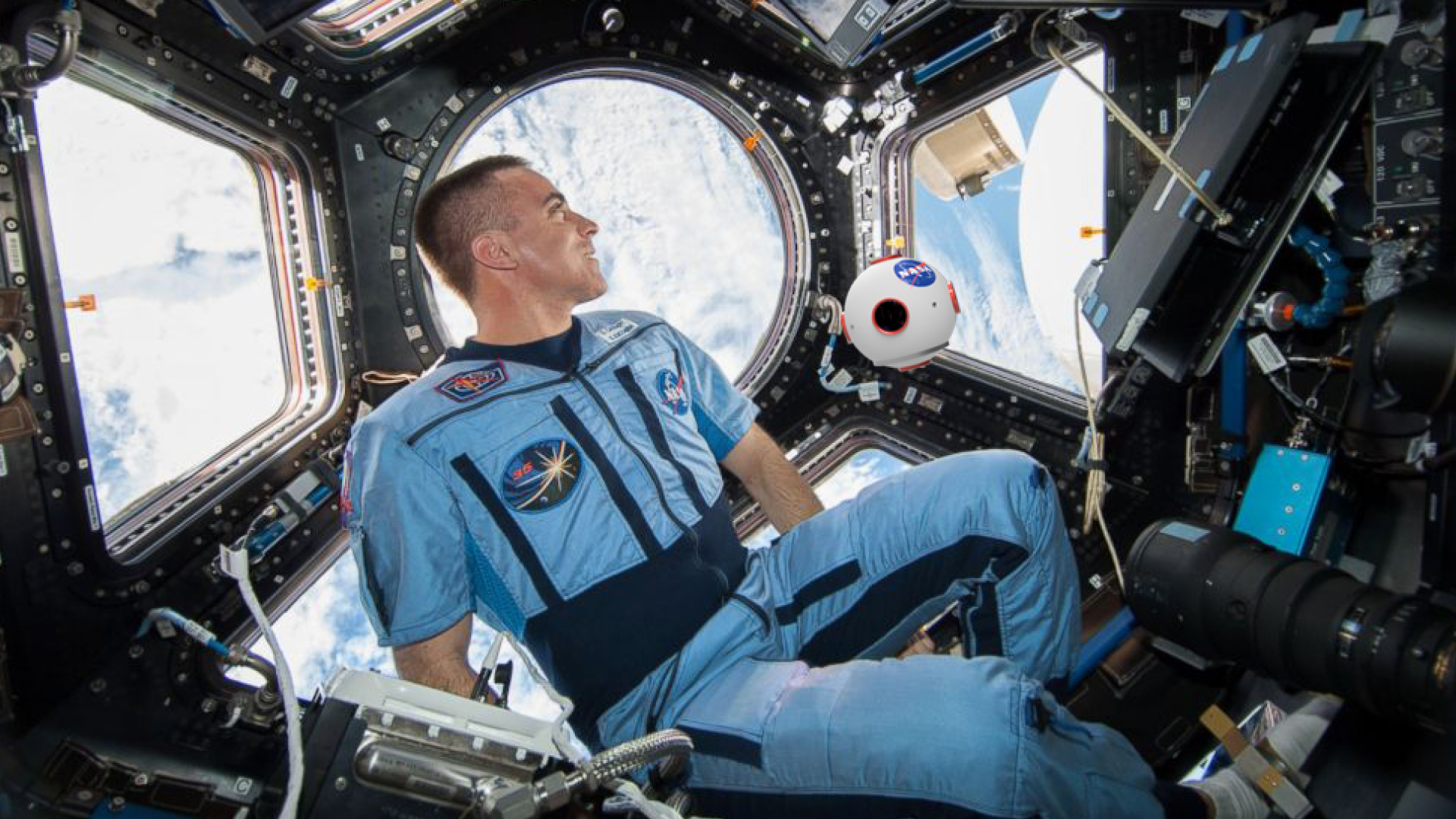
THERE AND NEVER BACK AGAIN: Design in the Next Age of Space Exploration
For his thesis, There and Never Back Again: Design in the Next Age of Space Exploration, John Boran Jr. designed for “a future that is still far enough to be exciting, but close enough to design for: going to Mars.” John designed practical tools as well as products that addressed the emotional wellbeing of travelers to, and inhabitants of, Mars.
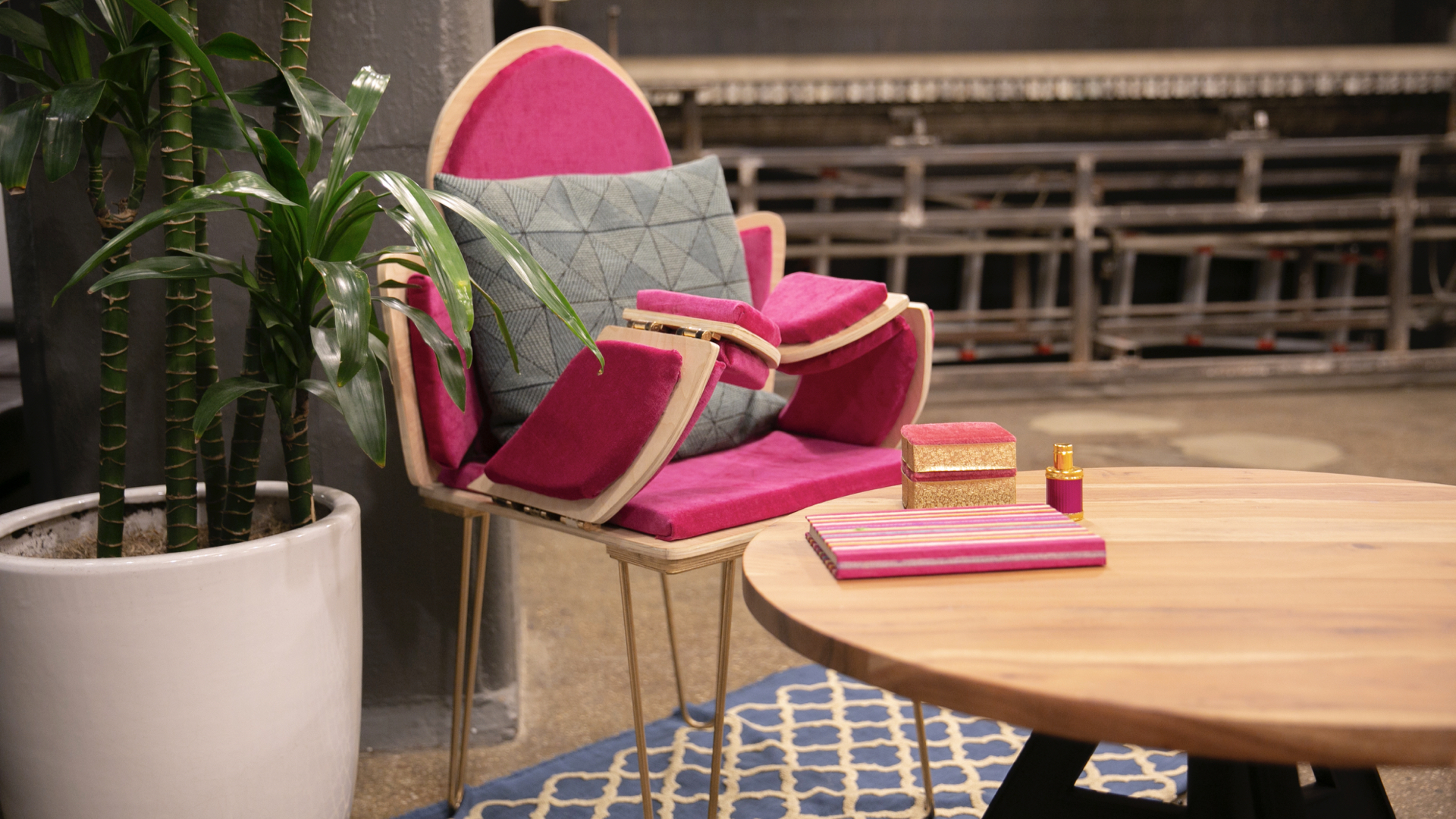
HYSTERICAL WOMEN: Designing Experiences to Counter the Current Gaslighting Healthcare System
Through her thesis, Hysterical Women: Designing Experiences to Counter the Current Gaslighting Healthcare System, Rhea Bhandari aims to elevate the healthcare experience of women by designing more efficient and empathetic diagnostic and treatment strategies, and providing women with new tools with which to track and communicate their symptoms.
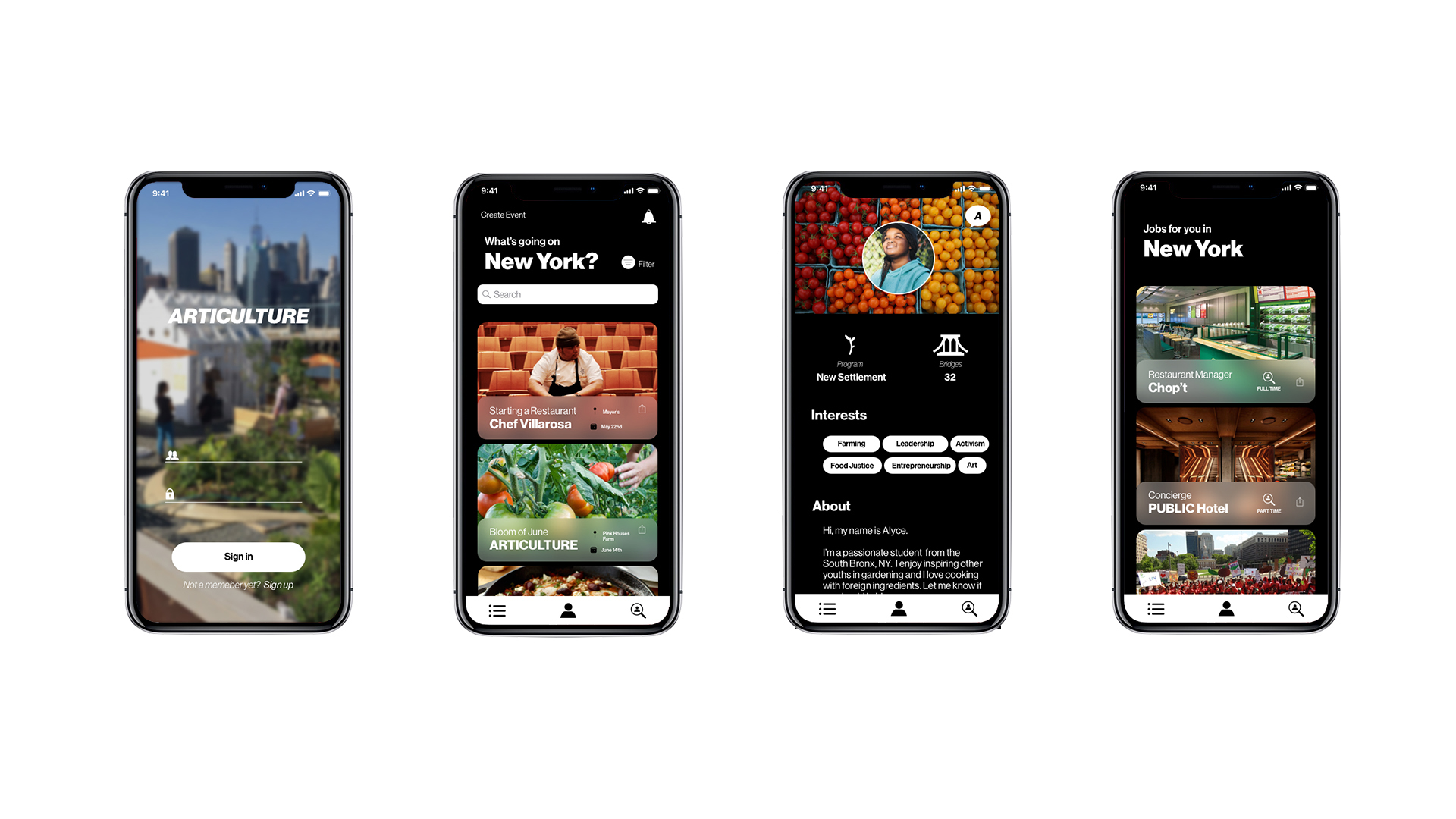
FOOD JUSTICE: Through the Power of Knowledge Sharing
After learning of food deserts and food insecurity in New York, Danish designer Gustav Dyrhauge quickly decided to dedicate his thesis, Food Justice: Through the Power of Knowledge Sharing, to food justice and the problem of food insecurity. He designed workshops, services, and experiences in collaboration with Brooklyn youth, towards the goal of job security, food security, and the celebration of cultural heritage through culturally-appropriate food.

POWER PLAY: Designing for Agency and Empathy in Virtual Environments
As it does in the physical world, violence against others occurs in VR spaces. While designers may not be able to expunge this from human nature, Phuong Anh Nguyen believes that we can design tools for victims to gain agency over their harasser. Through her thesis Power Play: Designing for Agency and Empathy in Virtual Environments, she aims to introduce empathy-building products and experiences to shape respectful behaviors in current and future virtual environments.
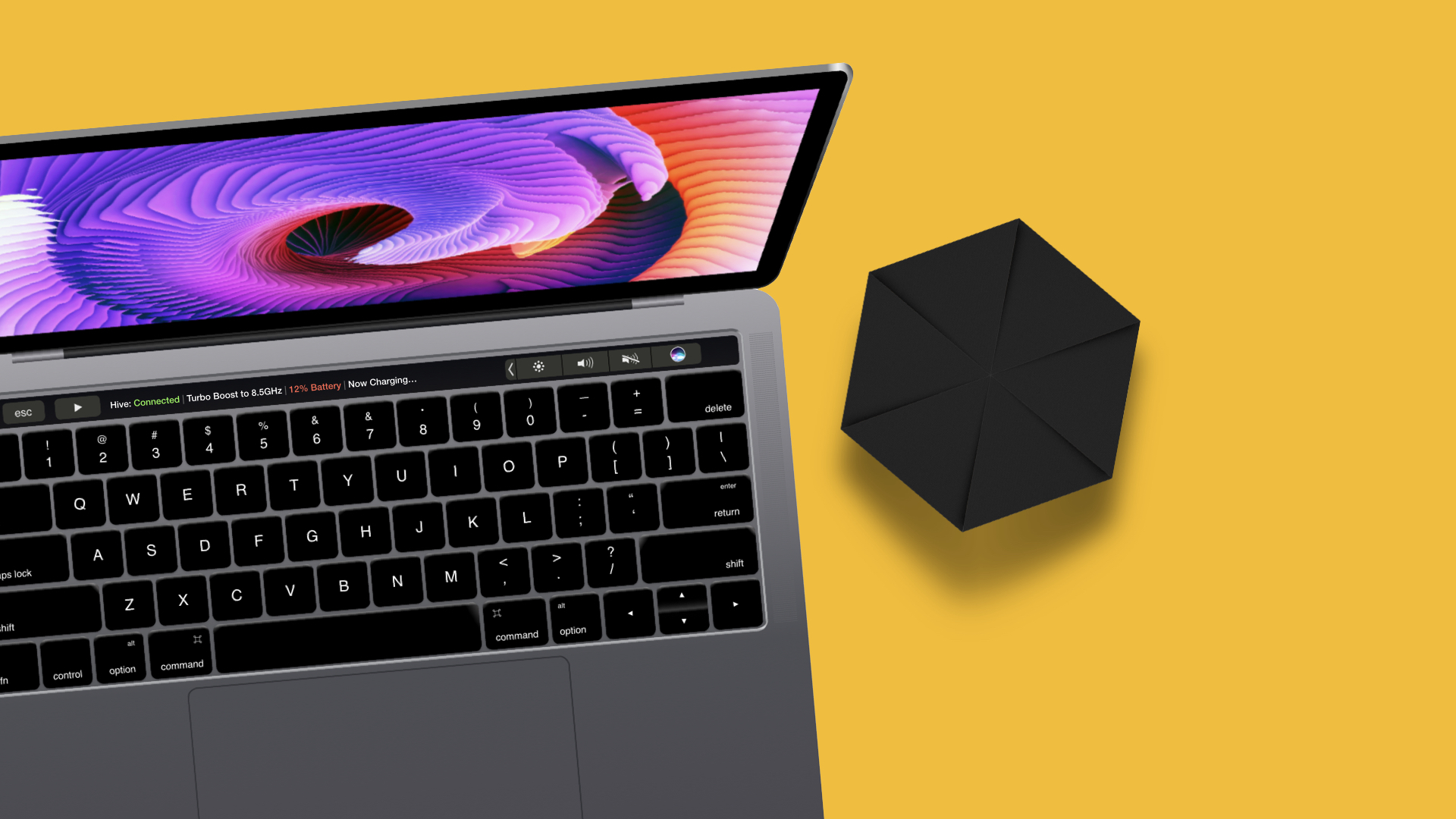
BEFORE YOU CLICK: Design for Better Decision-Making in Online Shopping
In his thesis, Before you click: Design for Better Decision-Making in Online Shopping, Zihan Chen examines the problems of product design in online shopping, to provide online shoppers with tools of various kinds for making better purchasing decisions. His thesis explores interventions that make online shopping less impulsive, more mindful and more social.

FANTASIES OF OUR INDEPENDENCE: The Role of Civil Society in the Postmodern City
For his thesis, Fantasies of Our Independence: The Role of Civil Society in the Postmodern City, Ben Bartlett spent this year studying Western urbanism and the future of cities. After speaking with experts in urban planning, urban mobility, and counterterrorism, he determined that safety, and the feeling of safety, shape the policy and planning of urban systems. Throughout his research he uncovered two different approaches to creating safer public spaces that will determine how futures cities function and treat their citizens, and designed both speculative and pragmatic interventions to respond to each.


